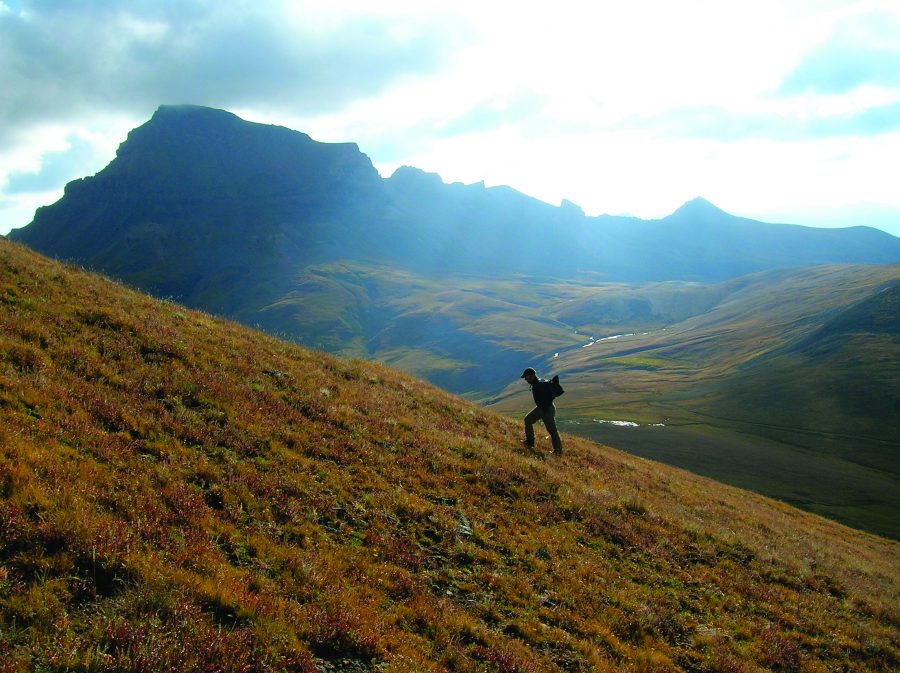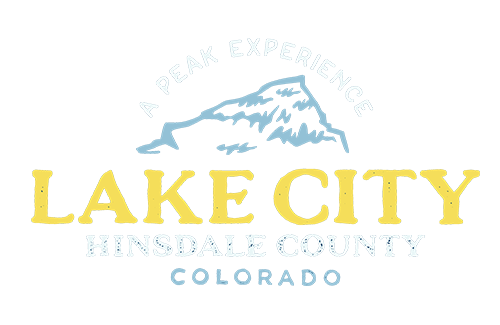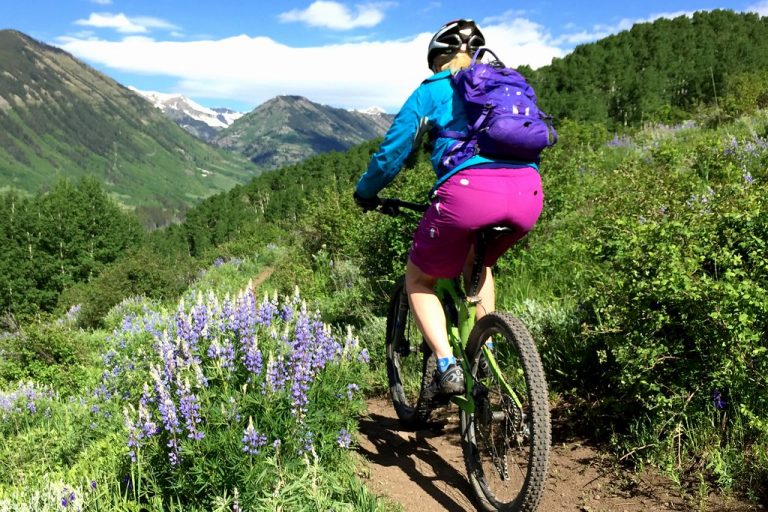High Altitude Illness
Discover the endless possibilities of Lorem Ipsum!

Starting up Matterhorn Peak, with Uncompahgre Peak nearby. Photo by Patrick Kelley.
High Altitude Illness
How to Avoid It, Recognize It, and Treat It
Every year millions of people go to the mountains for hiking, skiing, mountain climbing, and other activities. If you’re planning a trip to altitudes over 8,000 feet, talk with your doctor about high-altitude illness (also called mountain sickness and altitude sickness).
What causes high-altitude illness?
The higher you climb above sea level, the less oxygen there is in the air. The oxygen level becomes very low at an altitude above 8,000 feet. This causes problems for people who normally live at lower altitudes because their bodies aren’t used to working on so little oxygen. If you stay at a high altitude for a long time, your body gets used to the low oxygen level, and you don’t get sick from it.
The following are the three main types of high-altitude illness:
- Acute mountain sickness
- High-altitude pulmonary edema (also called HAPE), which affects the lungs
- High-altitude cerebral edema (also called HACE), which effects the brain
How can I prevent high-altitude illness?
- Take your time traveling to higher altitudes. When you travel to a high altitude, your body will begin adjusting right away to the lower amount of oxygen in the air, but it takes several days for your body to adjust completely. If you’re healthy, you can probably safely go from sea level to an altitude of 8,00 feet in a few days. But when you reach an altitude above 8,000 feet, don’t go up faster than 1,000 feet per day. The closer you live at sea level, the more time your body will nee do get used to high altitude. Plan your trip so your body has time to get used to the high altitude before you start your physical activity.
- Sleep at an altitude that is lower than the altitude you are at during the day. For example, if you ski at an elevation of 10,000 feet during the day, sleep the night before and the night after at an elevation of 8,500 feet. Mountain climbers often say, Sleep low, Climb high.
- Drink plenty of water and stay hydrated.
- Avoid alcohol or depressant drugs, such as tranquilizers and sleeping pills, as this can make things worse.
- Eat a high-calorie diet while at high altitude. (This is a great excuse to eat!)
How do I know if I’m getting high-altitude illness?
The symptoms usually begin within six hours after your arrival at high elevation, but they can even show up 36 hours after your arrival. Some of the first signs of high-altitude illness may include headaches, lightheadedness, weakness, trouble sleeping and an upset stomach. If you have these symptoms, stop going up or go back down to a lower altitude until your symptoms go away. Symptoms usually go away by the fourth day at high altitude. Worsening symptoms (which usually occur at very high altitudes, above 11,000 feet or 3,000m) include an intense, constant headache, confusion, coughing, and bloodstain sputum, a blue tinge to nails, lips and skin, and difficulty breathing even while you’re resting. If you get these symptoms, go to a lower altitude right away and get help from a doctor. Lack of oxygen in the blood can cause the leaking of fluids from the capillary walls into the brain or lungs. If left untreated, a severe case of altitude sickness can cause unconsciousness and death within hours.
What should I do if I get high-altitude illness?
The best treatment for any of the 3 high-altitude illnesses is to go down to a lower altitude right away. But if you only have mild symptoms, you may be able to stay at high altitude and let your body adjust. If you do this, don’t exercise at all-just rest until you feel better.
If you have severe symptoms, go down 1,500 to 2,000 feet right away to see if your symptoms get better. Keep going down until your symptoms go away completely.
A medicine that may be used to prevent or treat the symptoms of severe high-altitude illness includes acetazolamide (brand name: Diamox). You would need a doctor’s prescription for this.
What about children and high altitudes?
It’s usually safe for children to go up to high altitudes, but they’re more likely to get high-altitude illness because their bodies have a hard time adjusting to the low oxygen level. A child may not be able to recognize the symptoms of high-altitude illness, so parents and other adults must carefully watch for any signs of high-altitude illness in children.
Is it safe to go to high altitude if I have a chronic illness like heart disease or lung disease?
It depends on the type and severity of chronic illness you have. Most people who have a chronic illness, such as heart or lung disease, can safely spend time at a high altitude in their disease is under control. People who have coronary artery disease, mild emphysema or high blood pressure aren’t at greater risk of high-altitude illness than people who don’t have these diseases. They also don’t risk making their disease worse by traveling to a high altitude. In addition, being overweight does not increase the risk of getting high-altitude illness.
Some diseases make going to high altitude very dangerous. People who have sickle cell anemia shouldn’t go to a high altitude. A high altitude is also dangerous for people who have severe lung diseases, such as chronic obstructive pulmonary disease (COPD) or severe emphysema, and for people who have severe heart disease. If you have a chronic disease, ask your doctor if it’s safe for you to travel to a high altitude.







